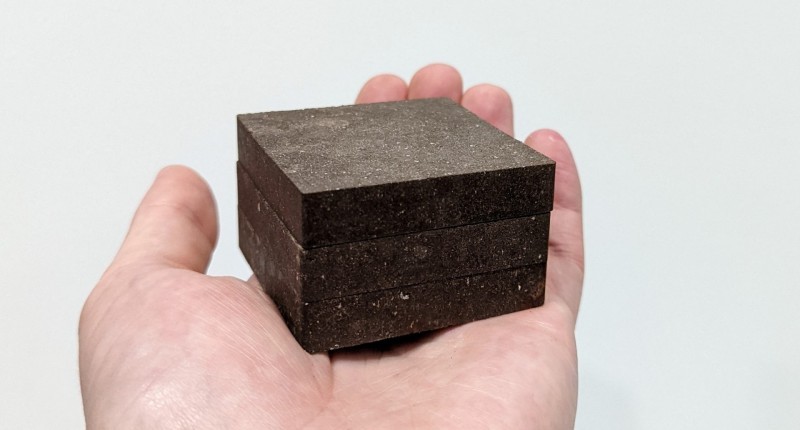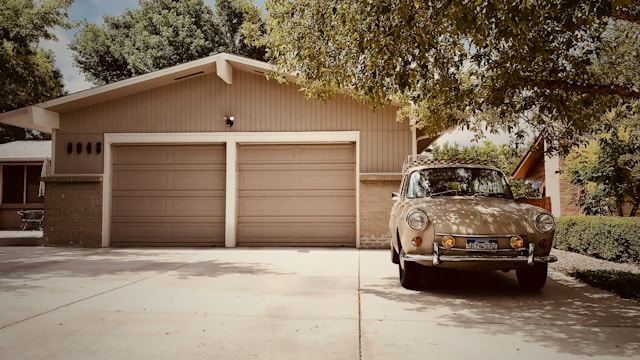It can lead to overall temporal and financial losses in business due to its eventual downtime and probable property damage. Basic maintenance in commercial properties may prevent such issues of plumbing problems from further deteriorating. Common plumbing problems that are understood would really help business people to take corrective measures towards making their systems go right. If you are aware of them, you are able to apply effective means of addressing them in time for less inconvenience and fewer expenses.
Leaking Faucets and Fixtures
One of the most common plumbing issues found in commercial buildings is leaky faucets and fixtures. While a small drip may seem like little water, over time, a great amount of water can be wasted. Utility bills increase, along with further damage to the water. To fix a leaky faucet, you should first turn off the water supply to the fixture. Then, the faucet is disassembled to locate the source of the leak, which is most often worn-out washers or seals. Replacing these usually restores the faucet to operational status. These are normally flagged during regular inspections to save businesses from more expensive repairs in the near future.
Clogged Drains and Toilets
Businesses see a lot of clogs, especially in bathrooms and break rooms that are in high use. These systems have a tendency to build up debris, grease, and food particles over time and may drain poorly or not at all. To clear clogs in sinks, first, try to remove the blockage using a plunger. If this does not work, use a plumber’s snake to break up the obstruction. To help avoid this, ensure employees know what does and does not go down the drains and toilets, and consider offering routine drain cleaning services to keep the lines clear.
Low Water Pressure
Low water pressure can be a frustrating issue to have and sometimes hampers daily operations in a commercial property. It may be due to several issues that could include mineral deposits in the pipes, leakages, or small supply lines. Low water pressure: First, find the source of the problem by searching the system for obvious leaks. If no noticeable leaks are found, then any deposits of chemical minerals need to be checked for within faucets and showerheads. These can be soaked in vinegar to clean. Otherwise, a professional plumber will have to be brought in to diagnose the whole plumbing system and find the underlying conditions causing low water pressure.
Running Toilets
Running toilets are one of the most irritating problems a commercial property can have, wasting water and increasing utility costs. In many cases, this is simply due to a faulty flapper valve. For whatever reason, that valve does not shut and it lets water continually flow from the tank into the bowl. So, to start the repair, remove the lid from the tank and take a look at the flapper. Replace it with a new one if it appears to be damaged or worn out. This issue can be prevented and water can be utilized in a more efficient way by continuously verifying and replacing the worn-out parts of toilets.
Water Heater Problems
Most of commercial establishments use water heaters for everything, starting from supplying kitchen hot water needs to restroom needs. When there is an issue with water heaters, then such facilities aren’t in a position to provide the services due to issues arising as a consequence of disruption. These include problems such as scanty hot water, noises, or leaks. In the case of the water heater, a check on sediment building up in the tank is highly recommended to extend its life span. Most of these minor problems could easily be handled, but in case they do happen, perhaps it’s time to seek a plumber’s services. The plumber will be able to detect what the problem is and then make his suggestions with regards to repair or even replacement if need be.
Preventive measures would go a long way in trying to avoid many of these simple plumbing issues. Regular inspections and maintenance checks can locate and eliminate any problems before they can spread. In addition, education for employees on how to treat the plumbing system-for instance, disposing unflushable items in appropriate places and avoiding putting unwanted substances down the drain-could help bring potential problems down to a minimum. The above proactive steps, therefore, put a business in an excellent position of keeping its plumbing system running, wherein operations are running smoothly without surprises.







